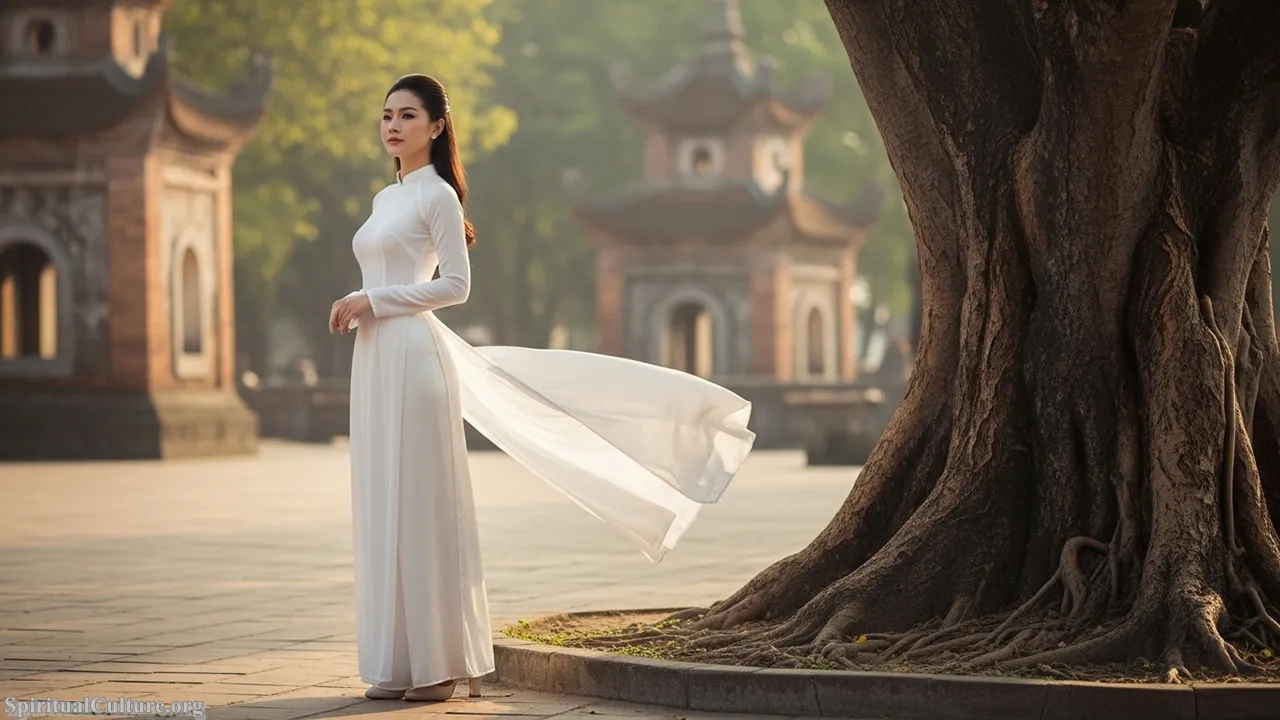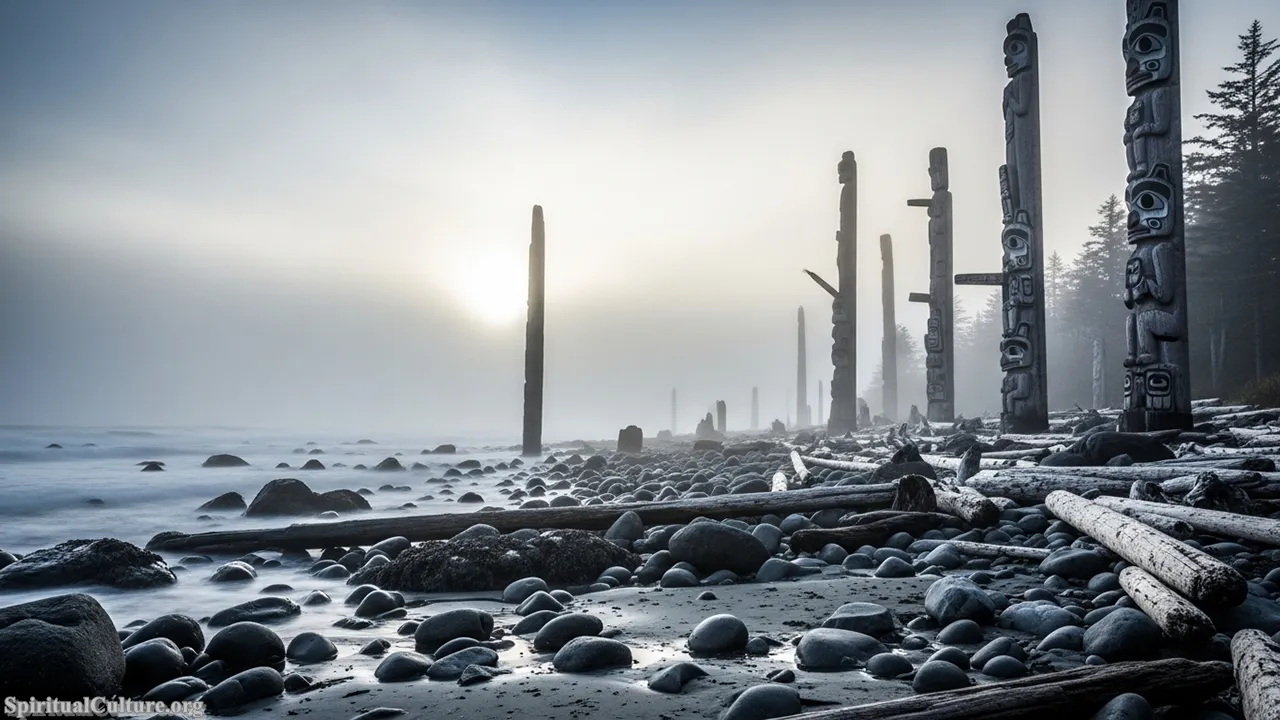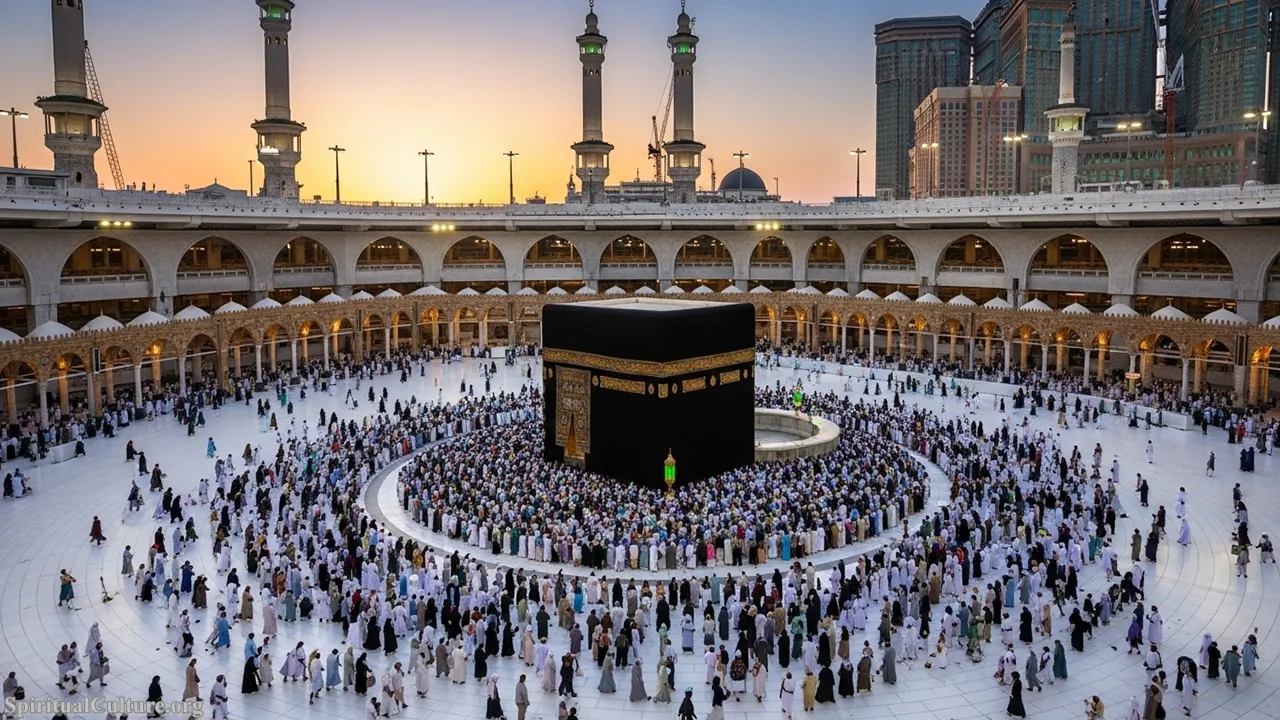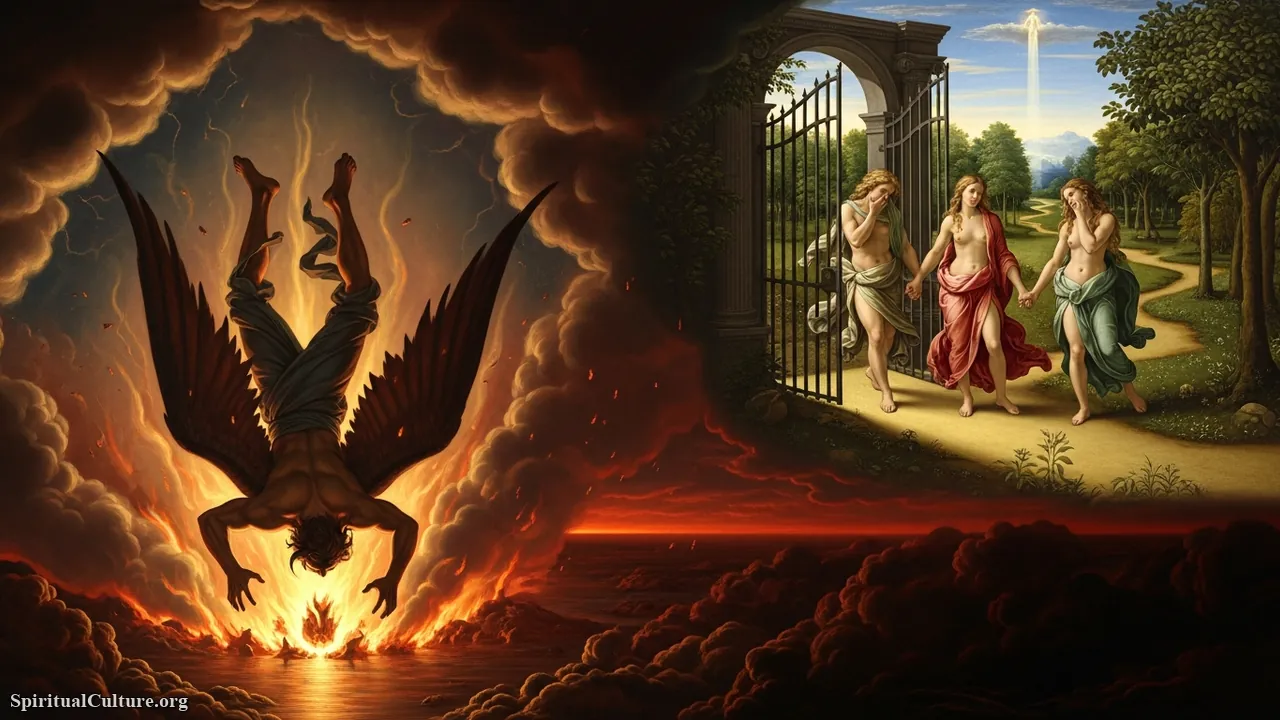In every corner of the world, dance has pulsed through human history as a language beyond words — a sacred breath embodied in motion. When we look deeply into diverse global traditions, we find that dance is far more than mere entertainment or artistic display. It is a vessel of prayer, a bridge between earth and heaven, and a rhythmic echo of the human longing for the divine.
In this article, Spiritual Culture invites you to journey across continents and centuries, exploring how dance has been used as worship — uniting body, soul, and spirit in a cosmic choreography of faith.
The Universal Pulse: Why Dance Speaks to the Soul
Dance is one of the earliest forms of expression, predating written language and institutional religion. It rises spontaneously from joy, grief, gratitude, or supplication. Whether in tribal gatherings under the moon or grand cathedrals echoing with choral chants, humans have always turned to movement to articulate what words cannot hold. In many cultures, dance becomes the ultimate prayer — one that involves not just the mind or voice but the entire being.
Indigenous Traditions: Dance as Communal Offering
Tribal Dances of Africa
In many African societies, dance is inseparable from daily life and spirituality. The Yoruba people of Nigeria, for example, use dance to commune with Orishas — divine spirits. Movements are not random but deeply symbolic, each step and gesture calling upon specific energies. The drumbeat guides dancers into trance states, opening a sacred channel for communication with ancestors and deities. Here, worship is collective; the line between the individual and the community dissolves.
Native American Rituals
For Native American tribes, dance is woven into the fabric of ceremonial life. The Ghost Dance, for instance, emerged as a prayerful resistance during times of cultural upheaval, symbolizing hope for renewal and reunion with ancestors. Hoop dances and Sun Dances embody teachings about the cycles of life, balance, and harmony with nature. Sacred feathers, hoops, and other regalia serve as extensions of prayer, each step a petition and praise to the Great Spirit.
Asian Contexts: Devotion Through Grace and Precision
Bharatanatyam and Hindu Temple Dance
In India, Bharatanatyam originated as a form of temple dance performed by devadasis — women dedicated to the service of deities. Every mudra (hand gesture), facial expression, and footwork conveys stories from the Vedas and epics like the Ramayana and Mahabharata. As performers dance, they embody divine narratives, inviting onlookers into a shared spiritual experience. In the Bhagavad Gita, Krishna reveals himself as the cosmic dancer, reinforcing the idea that dance itself is divine.
Buddhist Ritual Dance
In Tibetan Buddhism, Cham dance is performed by monks wearing elaborate masks and costumes. These dances are meditative offerings, meant to purify spaces, drive away negative energies, and manifest enlightened qualities. The precision of each step mirrors the discipline of Buddhist practice, emphasizing mindfulness and the transient nature of existence.
Middle Eastern and Sufi Traditions: Spinning Toward the Divine
Whirling Dervishes
Perhaps one of the most iconic images of sacred dance is that of the Sufi whirling dervishes. Originating in the teachings of Jalāl ad-Dīn Rūmī, this practice involves spinning in repetitive circles, symbolizing the soul’s journey toward unity with the Divine. The dancer, with one hand turned upward to receive grace and the other downward to share it with the earth, becomes a living axis mundi — the meeting point of heaven and earth.
Sacred Dance in Ancient Middle Eastern Rituals
Long before Islam, the Middle East was home to goddess cults and fertility rites where dance played a central role. These movements often mimicked natural cycles, such as the waxing and waning of the moon, the rising and falling of the Nile, or the rhythms of birth and harvest. Over time, these dances evolved but continued to carry the memory of humanity’s intimate connection with the cosmos.
European Traditions: From Folk Revelry to Liturgical Dance
Medieval Mystery Plays and Processions
During medieval times, European Christian communities integrated dance into religious festivals and processions. Mystery plays dramatizing biblical stories were often performed in public squares, with processional dances marking significant feast days. Although the Church later restricted many forms of dance, viewing them as potentially distracting or profane, echoes of sacred movement persist in certain Catholic and Orthodox liturgies.
Folk Dances as Spiritual Echoes
Many European folk dances — such as the circle dances of the Balkans or Morris dancing in England — have pre-Christian roots tied to seasonal celebrations and fertility rituals. Even today, these dances carry subtle spiritual undertones, emphasizing communal unity and the cyclical nature of life.
Latin American Syncretism: Dance as a Meeting of Worlds
Carnival and Afro-Brazilian Traditions
In Brazil, dance is an explosive celebration of spiritual syncretism. Candomblé, a religion blending African, indigenous, and Catholic elements, uses dance to embody the orixás (spiritual beings). Carnival, while often seen as secular, retains echoes of these sacred movements — the ecstatic samba rhythms are a call to liberation, joy, and spiritual release.
Day of the Dead in Mexico
During Día de los Muertos, dance becomes a joyful invitation for departed souls to return and celebrate with the living. Traditional dances like La Danza de los Viejitos (Dance of the Old Men) playfully express the cycle of life and death, reminding participants of mortality and the enduring presence of loved ones in spirit.
Theological and Philosophical Reflections on Dance as Worship
Dance as Embodied Theology
The Hebrew scriptures mention King David dancing “with all his might” before the Ark of the Covenant (2 Samuel 6:14). His dance was not merely performative but a vulnerable, wholehearted surrender to God. Similarly, the Psalms encourage praise through dance (Psalm 149:3), suggesting that moving the body can be a sacred act of devotion.
Philosophies of Movement
Many mystical traditions teach that the universe itself is a dance — a divine play (lila in Hinduism), a cosmic rhythm echoing through creation. By dancing, humans align themselves with this greater harmony. This philosophical lens views dance not as a human invention but as participation in an eternal, universal flow.
Dance and Inner Transformation
Sacred dance invites transformation. Through movement, worshipers learn to release control, transcend ego, and experience a sense of oneness. Whether spinning, stepping in a circle, or striking deliberate poses, dancers often describe moments of timelessness and union with the divine. The body becomes both the instrument and the offering.
Contemporary Contexts: Reviving and Reimagining Sacred Dance
Modern Liturgical Dance
Many Christian churches today incorporate liturgical dance to express worship in contemporary services. Though controversial to some, these dances aim to reclaim the body as a vessel of praise, helping congregations connect emotionally and spiritually.
Global Festivals and New Spiritual Movements
Events like Burning Man, global ecstatic dance gatherings, and interfaith festivals are creating spaces where dance is reimagined as universal worship beyond religious boundaries. Participants often describe these experiences as deeply spiritual, even if not tied to a specific tradition.
Reflect and Reimagine
In the quiet echo after the music fades, one might ask: What does it mean to worship with the body? Dance, in its highest form, teaches us to be fully present — to feel the pulse of life within and around us, to offer every breath and movement as prayer. Across cultures and ages, dance has stitched together heaven and earth, human and divine, self and community.
May we, too, learn to step into this sacred dance — to move beyond words into the living rhythm of gratitude and awe. As Spiritual Culture, we invite you to see your every step as part of the great cosmic choreography, a dance of love that transcends time and place. Let your life become a dance of devotion, graceful and true.





